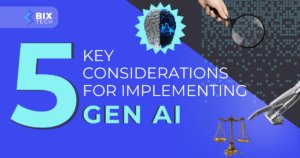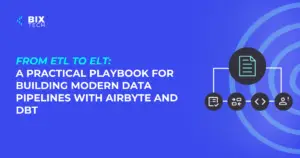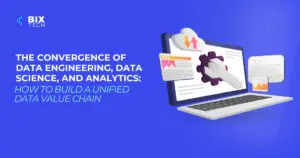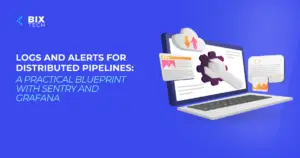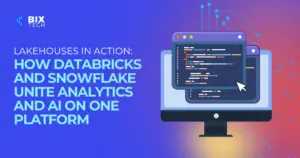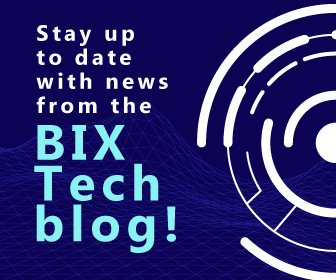Over the past few years, the amount and complexity of data within organizations has exploded. Legacy systems, cloud services, countless databases, APIs, real-time apps, it’s a lot. And somewhere in the middle of all this, one question keeps popping up: how can we make all these pieces talk to each other in a smart, scalable, real-time way? That’s where Data Fabric comes in. It’s the concept that’s been making waves across the tech world and for good reason.
So, what exactly is Data Fabric? Think of it as an intelligent, flexible layer that connects your entire data ecosystem. Whether your data lives in cloud storage, on-prem servers, enterprise applications, or IoT devices, Data Fabric brings it all together. But rather than centralizing everything into a single repository, it works by activating metadata and automating the flow of data, making it accessible, governed, and optimized in real-time.
The core components behind the buzz of Data Fabric
Behind the scenes, a strong Data Fabric architecture includes components like smart metadata (which tracks and understands data context), modern integration tools (that work through APIs, streams, and connectors), embedded governance (for security, privacy, and compliance), a semantic layer (to create a shared understanding across teams), and AI-driven recommendations (to automate optimization, detect issues, and predict needs). It’s not magic, but it does feel like it when things just work.
Why now? The urgency for smarter data infrastructure
Why does this matter now? Because most data teams are overwhelmed. Projects stall because data is stuck in silos, out of sync, or not trustworthy. Initiatives around AI, machine learning, or real-time analytics often fail before they start. Data Fabric addresses all of this by connecting the dots, so different teams can access the right data, at the right time, with confidence.
And no, Data Fabric isn’t just another buzzword competing with Data Mesh, they’re actually complementary. While Data Mesh focuses on decentralizing data ownership and making teams responsible for their own data products, Data Fabric provides the underlying technology that enables this flexibility without losing control or consistency. In other words, Data Mesh is about people and processes, and Data Fabric is about architecture and automation.
Turning complexity into a competitive advantage
Real-world use cases are everywhere: retailers building a unified view of the customer, banks detecting fraud in real-time across disconnected systems, manufacturers combining sensor data with ERP analytics, and public institutions ensuring transparency while complying with strict privacy laws. The common thread is that these organizations don’t just collect data, they know how to use it, thanks to a smart foundation.
So, how do you get started with Data Fabric? The key is to evaluate your current data landscape, identify high-impact workflows, and choose tools that can integrate with your existing tech stack, whether you’re in the cloud, hybrid, or just starting your data modernization journey. It’s not about ripping everything out. It’s about adding intelligence and connectivity where it matters most.
If you’re struggling with siloed data, fragile pipelines, or slow insights, Data Fabric might be exactly what you need to scale smarter and move faster.
Ready to see what Data Fabric can do for your business?
Talk to our experts today and discover how to turn your data into faster, smarter, and more secure decisions. Let’s revolutionize your business with data!



